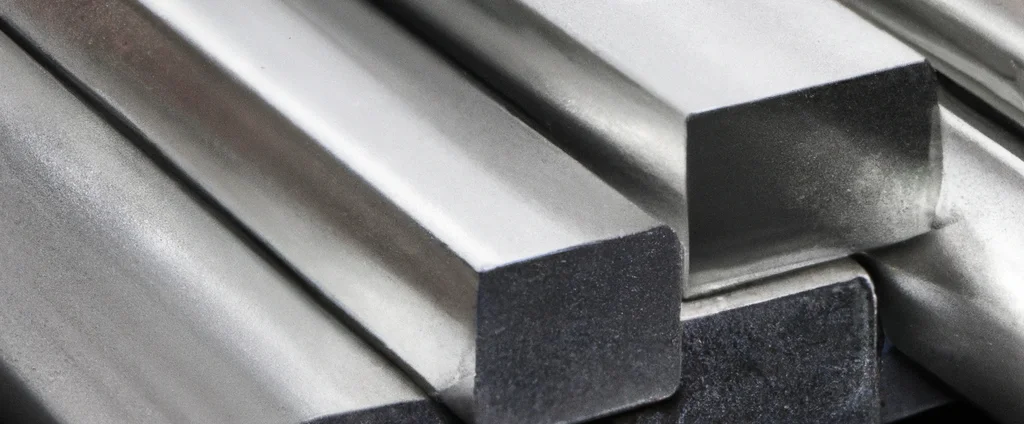Aluminum Alloy 4047 (UNS A94047)

Aluminum 4047 is a specialized aluminum-silicon alloy, engineered specifically for superior brazing and welding performance. It has a relatively low melting point and good fluidity, making it ideal for applications where joining aluminum parts is required.
| Chemical Composition | ||
|---|---|---|
| Element | Min | Max |
| Aluminum | 85.3% | 89.0% |
| Copper | —— | 0.3% |
| Iron | —— | 0.8% |
| Magnesium | —— | 0.1% |
| Manganese | —— | 0.15% |
| Silicon | 11.0% | 13.0% |
| Zinc | —— | 0.2% |
| Residuals | —— | 0.15% |
The following table provides a list of aluminum 4047 properties in both SI and US customary/Imperial units.
Click on the button to switch between Metric and Imperial units.
| Physical Properties | Metric |
|---|---|
| Density | 2600 kg/m3 |
| Mechanical Properties | Metric |
| Tensile Strength | 120 MPa |
| Yield Strength | 64 MPa |
| Young’s Modulus (E) | 72 GPa |
| Shear Modulus (G) | 27 GPa |
| Poisson’s Ratio (ν) | 0.33 |
| Thermal Properties | Metric |
| Melting Point | 577 - 582 °C |
| Thermal Conductivity | 130 W/m·K |
| Specific Heat Capacity (Cp) | 900 J/kg·K |
The values in this table are approximate and can vary depending on various factors such as the specific manufacturing process and heat treatment applied to the alloy.
Advantages & Disadvantages of Aluminum 4047
| Advantages | Disadvantages |
|---|---|
| Corrosion resistance | Limited strength |
| Easy to weld and braze | Limited availability |
| Lightweight | Susceptible to cracking |
| Thermal conductivity |
Applications of Aluminum 4047
Aluminum 4047’s unique properties make it indispensable across multiple industries where reliable joining and thermal performance are critical, including:
- Heat exchangers: The excellent thermal conductivity and corrosion resistance make it ideal for heat exchangers in automotive, HVAC, and industrial applications.
- Automotive parts: Commonly used for radiator tanks, fuel tanks, and other components that require welding or brazing in vehicle manufacturing.
- Aerospace: Used for aircraft components like fuel tanks and structural members where high corrosion resistance and good weldability are essential.
- Electronics: Ideal for heat sinks and other components requiring good thermal conductivity and corrosion resistance.
- Food packaging: Suitable for food packaging applications due to excellent corrosion resistance and formability into various shapes.
- Marine: Used in marine components like ship hulls and offshore structures where corrosion resistance is crucial.
- Welding wire: Commonly employed as a welding wire for joining aluminum alloys.
